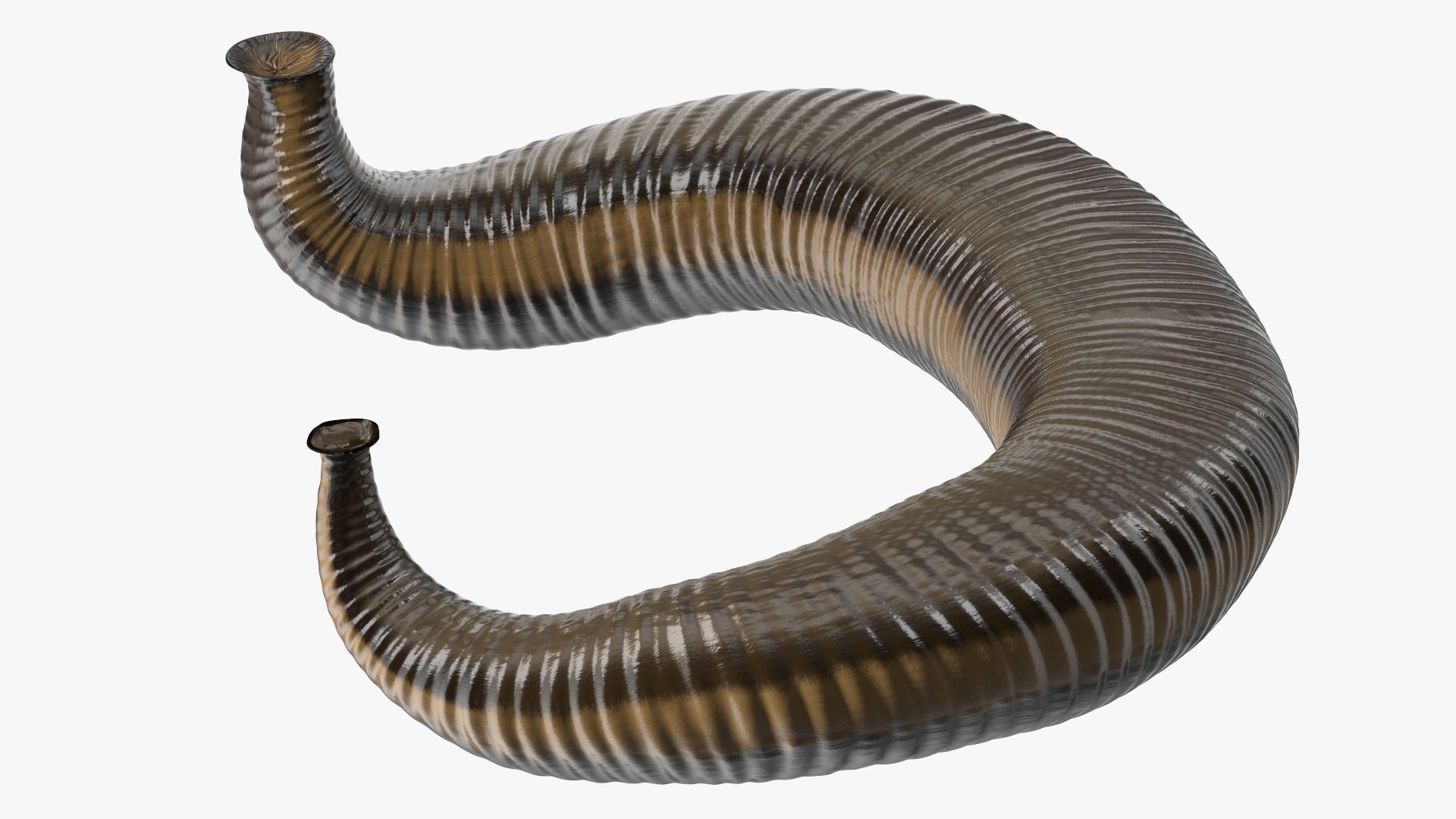
Muscle relaxants are commonly prescribed medications for managing acute and chronic muscle spasms and pain. While they provide significant relief in the short term, the long-term use of these medications necessitates careful consideration of both potential risks and benefits. In this comprehensive article, we explore the implications of prolonged muscle relaxant use, including its effects on health, safety considerations, and alternative approaches for managing muscle conditions.
Understanding Muscle Relaxants
Overview of Muscle Relaxants
Muscle relaxants act on the central nervous system to reduce muscle spasms and alleviate pain. They are prescribed for various conditions, including back pain, neck pain, fibromyalgia, and multiple sclerosis. Commonly prescribed muscle relaxants include cyclobenzaprine, baclofen, methocarbamol, and tizanidine.
Short-Term Benefits
In the short term, muscle relaxants provide rapid relief from muscle spasms and associated pain, improving mobility and quality of life for individuals experiencing acute discomfort. They enable individuals to resume daily activities and participate in physical therapy with reduced pain levels.
Risks of Long-Term Use
Physical Dependence and Tolerance
One of the primary concerns with long-term muscle relaxant use is the risk of physical dependence and tolerance. Over time, the body may adapt to the medication, requiring higher doses to achieve the same therapeutic effect. This can lead to a cycle of increasing dependency and potential difficulty in discontinuing the medication.
Central Nervous System Effects
Muscle relaxants can cause sedation, drowsiness, dizziness, and impaired motor coordination. Prolonged use may exacerbate these effects, impacting daily activities and increasing the risk of accidents or falls, particularly in older adults.
Withdrawal Symptoms
Abrupt cessation of muscle relaxants after long-term use can trigger withdrawal symptoms such as muscle spasms, anxiety, insomnia, and irritability. Gradual tapering under medical supervision is recommended to mitigate these effects and safely discontinue the medication.
Monitoring and Management
Regular Medical Monitoring
Individuals using muscle relaxants long-term require regular medical monitoring to assess the medication’s effectiveness, monitor for side effects, and adjust treatment as necessary. Healthcare providers may conduct periodic evaluations to evaluate muscle function and overall health status.
Risk of Medication Interactions
Long-term use of muscle relaxants increases the risk of interactions with other medications, including sedatives, antidepressants, and opioids. These interactions can potentiate side effects and compromise overall treatment efficacy.
Benefits of Alternative Therapies
Physical Therapy
Physical therapy offers non-pharmacological strategies for managing muscle pain and improving flexibility and strength. Techniques such as manual therapy, stretching exercises, and aquatic therapy can complement or substitute muscle relaxants, promoting long-term recovery and functional improvement.
Cognitive Behavioral Therapy (CBT)
CBT addresses the psychological aspects of chronic pain, helping individuals develop coping mechanisms and reduce reliance on medication for symptom management.
Lifestyle Modifications
Adopting a healthy lifestyle, including regular exercise, proper nutrition, stress management, and adequate sleep, can enhance overall well-being and reduce the frequency and severity of muscle spasms.
Conclusion
While muscle relaxants provide effective short-term relief for muscle spasms and pain, their long-term use requires careful consideration of potential risks and benefits. Healthcare providers play a crucial role in monitoring medication use, managing side effects, and exploring alternative therapies to optimize treatment outcomes. By balancing pharmacological interventions with holistic approaches, individuals can effectively manage muscle conditions while minimizing the risks associated with prolonged medication use.





